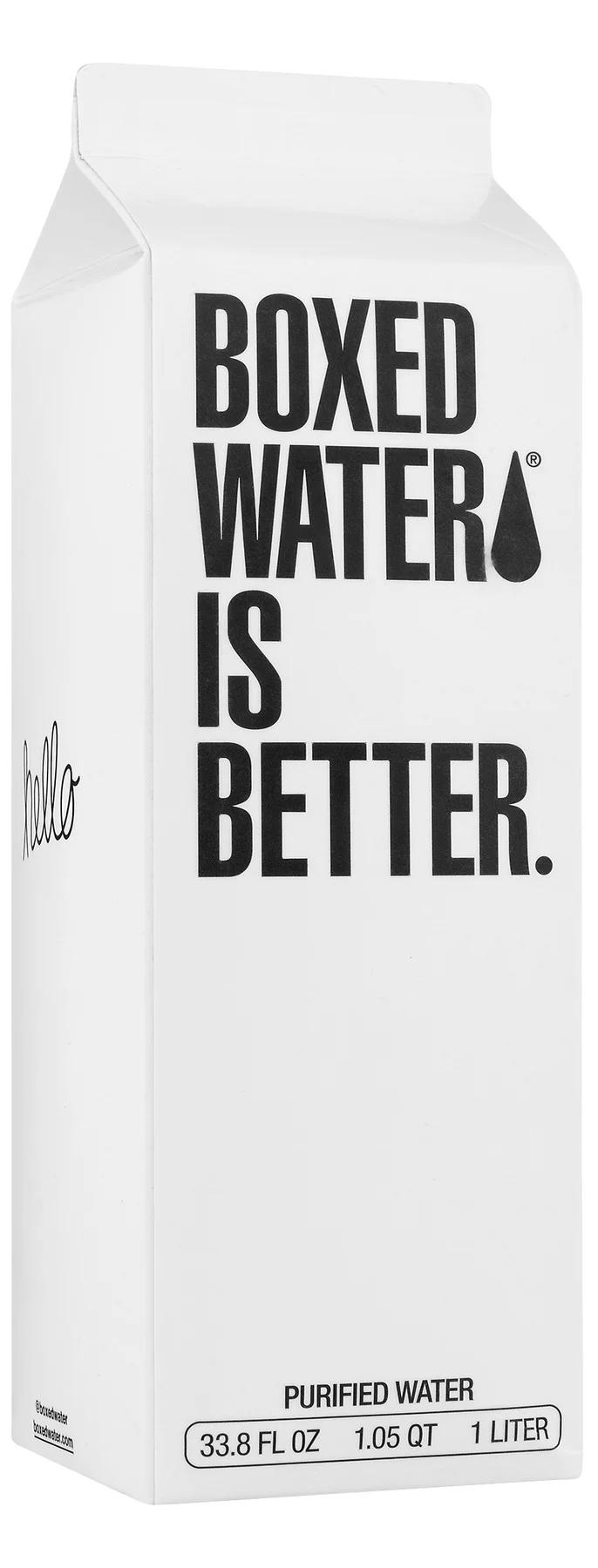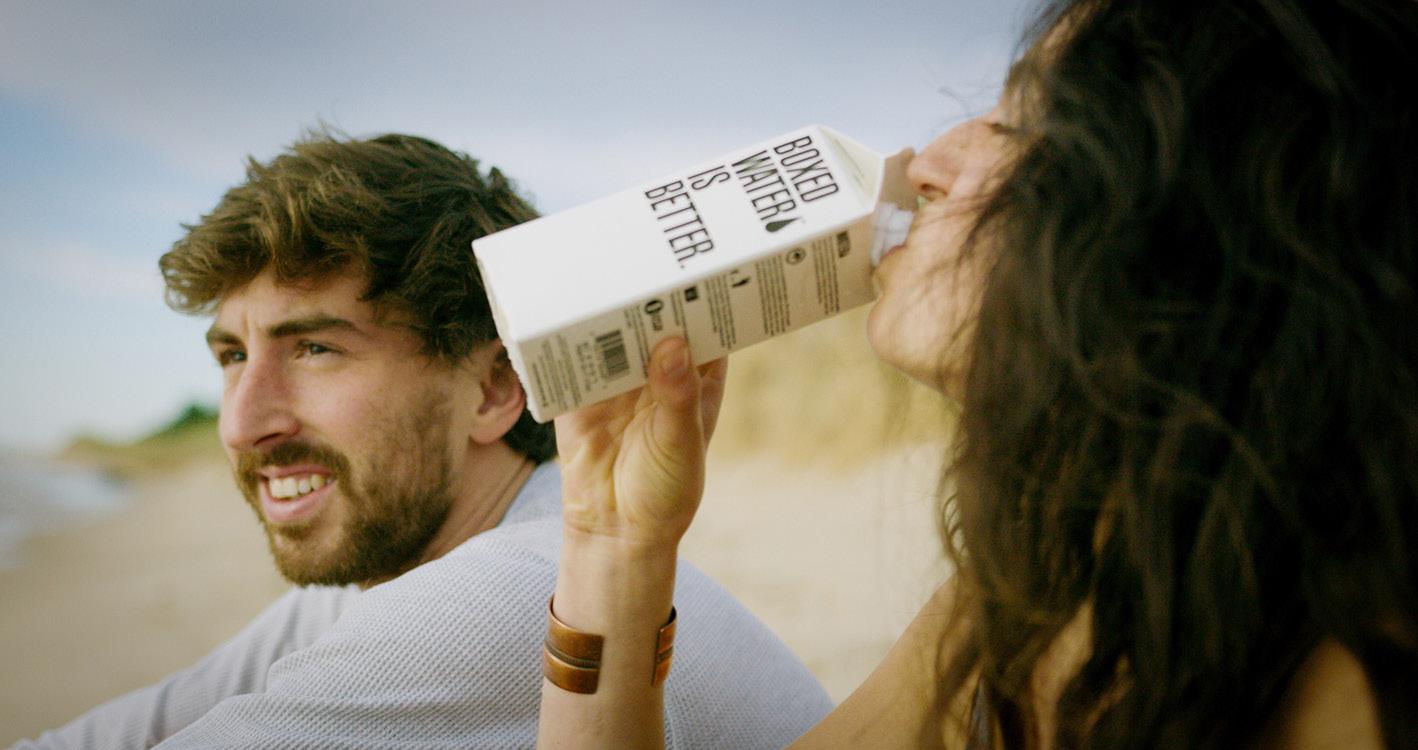
5 minute read
Boxed Water Turns 15: A Retrospective on America’s Plastic Addiction and the State of Waste
It was a bit of a novelty at the time. In 2009, packaged water in square-shaped cartons started hitting select grocery shelves and bodegas. If you were wondering what it was – or why it was –you didn’t have to look far for answers. In big black letters on the side of the carton, Boxed Water is Better® was prominently displayed, literal in its brand name, and overt in its consumer call to action.
Boxed Water™ was the first to offer a water package alternative to single-use plastic. Sourced from sustainably harvested trees, 92% of the carton (including the cap) is plant-based, the highest ratio in the category. The cartons are also 100% recyclable in most U.S. municipalities.
As Boxed Water™ approaches its 15th anniversary, it’s a good opportunity to look back and assess what kind of progress - or lack thereof - has been made in America’s plastic addiction.
“At the time, we thought consumption of single-use plastic water bottles was at an apex – and we needed to offer something in the interim that offset our plastic waste,” said Daryn Kuipers, CEO and Co-founder of Boxed Water. “ We believed more consumers would begin to adapt to refill, purified water networks would be built out in public spaces, and the demand for packaged water would drop. We thought that our niche category would be temporary. Unfortunately, we were wrong.”
The single-use plastic water bottle has become the ultimate symbol of needless waste. Used for approximately 42 minutes on average, they remain on the earth for 700+ years, never fully breaking down.
It all began with the popularity of water brands like Fiji and Evian hitting the scene in the 1980s. At the time, Americans were widely parodied for creating a commodity from something that comes from their faucets for free. Nevertheless, healthy hydration became a widespread trend, with experts recommending an 8-glasses-of-watera-day wellness prescription. Water bottles were a new jazzercise class accessory, while sample analyses of municipal tap water started to show traces of forever chemicals.
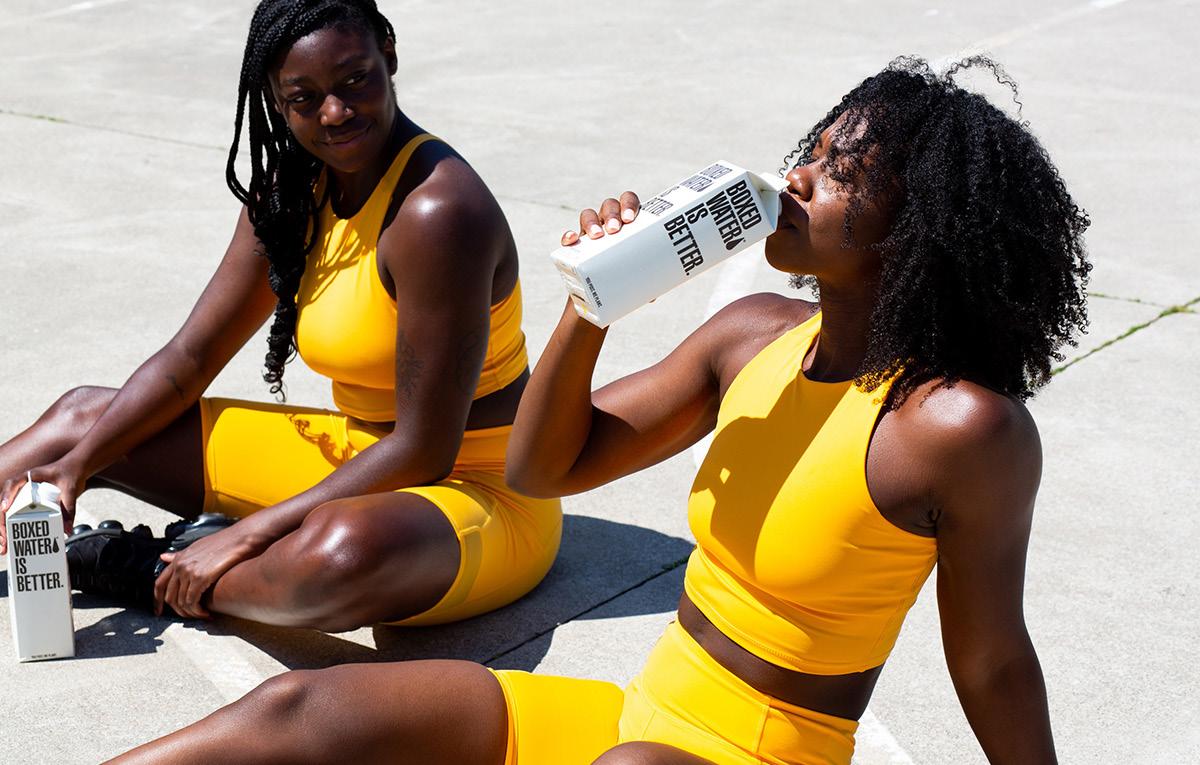
So it seems bottled water was not a fleeting trend.
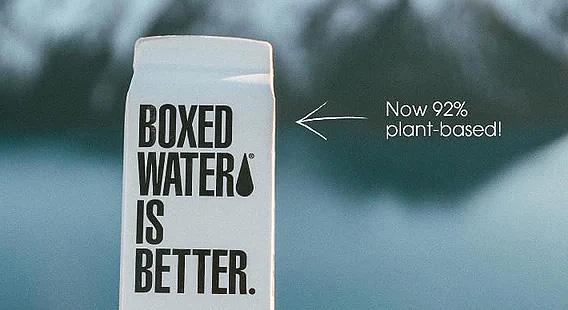
The proliferation of bottled water hit an entirely new stratum with the introduc- tion of purified waters by PepsiCo (Aquafina) in 1994 and Coca-Cola (Dasani) in 1999. Perhaps a prophetic move by Big Soda, bottled water oversold soda for the first time in history in 2016.
The rise didn’t stop there. In 2021, according to data from the Beverage Marketing Corp, bottled water set a total volume record of 15.7 billion gallons. That high-level mark for bottled water eclipsed carbonated soft drinks’ all-time peak of 15.3 billion gallons in 2004. (Bottled water was only 7 billion gallons at that time.)
What is happening on the other side of this bottled water consumption trajectory?
Plastic waste. Lots of it. Approximately 75% of the 50 billion single-use plastic water bottles Americans consume each year are going to landfills or (worse) waterways.
“Since our inception, the plastic waste picture has only gotten worse,” added Kuipers. “Other countries have stopped taking our plastic trash exports, and the U.S. is simply unable to keep up with our consumption. The real truth on recycling is finally starting to be revealed, and it’s alarming, to say the least.”
Alarming indeed.
With all the talk of recycling, people think that the issue is being resolved; it’s not. According to a recently released Post-consumer Plastic Recycling Data Report, 4.8 billion pounds of post-consumer plastics were recycled in 2020, which is 5.7% lower than in 2019. This decline alone represents 290 million pounds of plastic being added to landfills each year.
In particular, plastic bottles - although increasing in demand - are decreasing in recycling rates. The combined bottle recycling rate, which includes PET, HDPE, PP, and other polymers, was 27.2% in 2020, down from 28.7% in 2019. The decline is related to the fact that other countries, like China and Turkey, have stopped taking our garbage.
Paying no mind to the “where it goes” crisis, the plastic industry recently forecasted a tripling of plastic production in the next decade.
Consumers are starting to demand some change - and some beverage brands are trying to respond with an environmental “shiny object” in the form of aluminum. It turns out all that glitters isn’t eco.

“Aluminum is a cheaper material than plant-based cartons, so it has become a goto for beverage brands,” said Chief Revenue Officer Robert Koenen. “At Boxed Water™ we are all about progress over perfection. However, the benefits of aluminum over plastic aren’t substantiated when assessing a full life cycle analysis.”
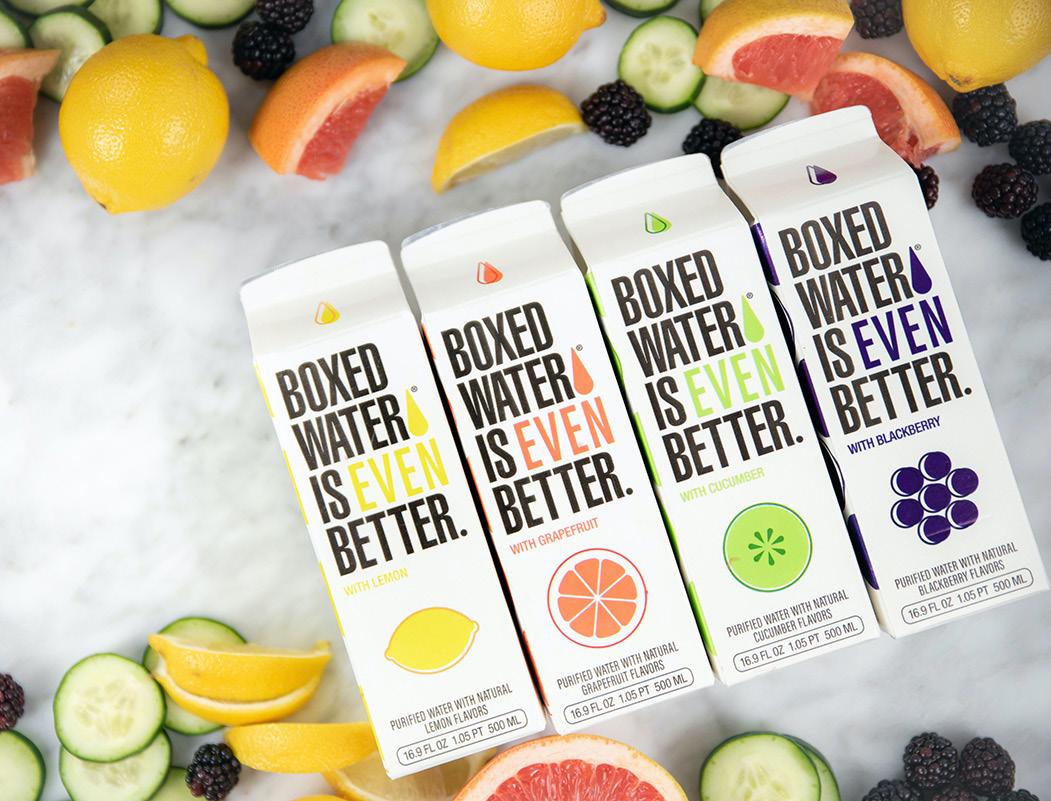
Aluminum has enjoyed the halo effect due to its recycling potential. However, aluminum recycling rates are going in the wrong direction like its plastic counterpart. According to the Containers Recycling Institute, recycling rates for aluminum cans are at 45%, down from 54.5% in 2020 – while demand is spiking.
Aluminum production is also a dirty business.
The source material of aluminum is bauxite, which is a metal that is strip-mined from rock sediment in subtropical regions (primarily Australia, Africa, India, and South America). In Porto Trombetas, Brazil, a rainforest area the size of 250 football fields is cleared every year for bauxite mining. The process requires a great deal of energy, which creates vegetation loss, forest fragmentation, air pollution, biodiversity damage, and negative impacts on water resources. And while the aluminum industry touts the “infinite recyclability” aspect of aluminum, the fact is that 60% of cans are made from virgin aluminum.
So here we are. Americans are drinking more packaged water than ever and recycling the least amount of plastic and aluminum than ever. What does that mean for Boxed Water™ today?
“We are more necessary today than ever. By focusing on channels where refill isn’t readily available, like airlines, hospitality, sports arenas, theme parks, catering, etc., we solve an unmet need,” noted Koenen. “Companies like Alaska Airlines are stepping up and making big strides to mitigate their waste. With our Alaska partnership, we are offsetting 1.8 million pounds of plastic per year. That’s a big needle move.”
Boxed Water’s marketing dollars have been invested in revealing plastic and aluminum trends, which hasn’t gone unnoticed by lobbyists and big oil money. Plastic is, after all, petroleum. Oil, chemical, and water companies all have a vested interest in maintaining the status quo.
One of Boxed Water’s biggest detractors is The Center for Accountability in Science.
The platform has levied “greenwashing” tropes against the brand using false data while pushing SEO traction. Some reputable media organizations have sourced The Center in their own environmental reporting. Turns out, The Center is a front group for notorious plastic lobbyist Richard Berman, known as Dr. Evil, for his attacks against other cause-related organizations, including the Natural Resources Defense Council, Humane Society, and Moth- ers Against Drunk Driving.
“We have a big enough ship to right without these special interest groups sewing seeds of confusion,” asserts Koenen. “However, if we are on their radar, we know we are doing something right.”
This year, Boxed Water™ achieved CarbonNeutral® Certification for its top-selling 500 ml carton and continues to push R&D to stay at the helm as the most renewable water brand (as verified by an ISO-certified, independent life cycle analysis). Rather than spending dollars on celebrity spokespeople, the brand is investing in trees. So far, they have funded the planting of 1.4 million trees with the National Forest Foundation and are embarking on other urban planting initiatives with One Tree Planted, bringing trees to underserved communities. They’re also committed to cleaning 3000 miles of beaches with the Ocean Blue Project.
The brand acknowledges that while Boxed Water is Better®, refill is best.
“We fully embrace the fact that most drinking water shouldn’t be packaged. Those who have access to clean municipal water should always prioritize refill – and we will continue to push that as part of our own message agenda,” adds Kuipers. “However, with approximately 38 billion plastic water bottles going into our landfill every year, we need to hold tight as the next best thing – for now.”
